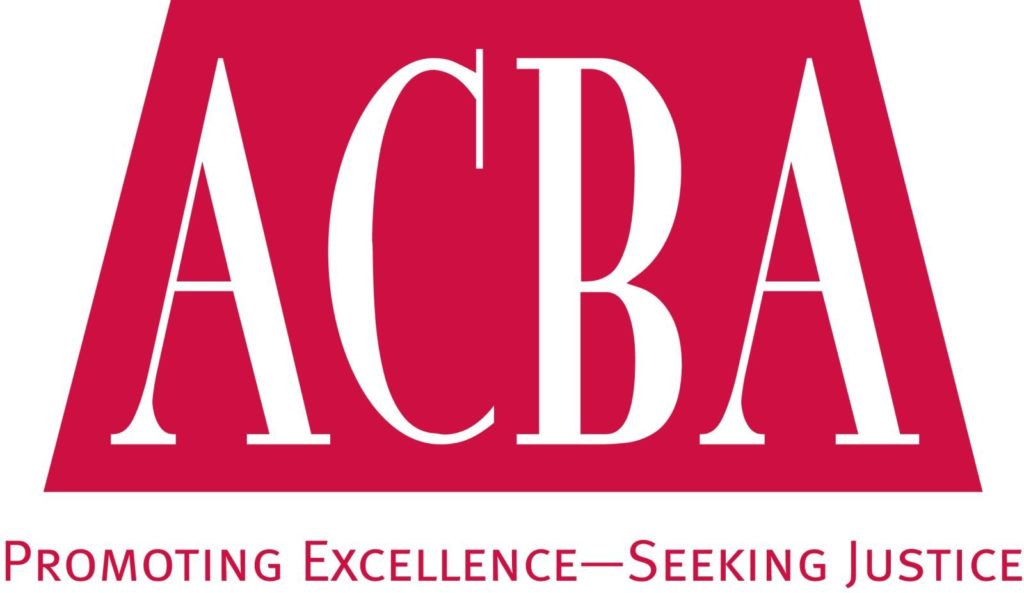As explained in Part 1 of this series, recent changes in the law have expanded the ways in which some inactive nonprofit corporations can voluntarily dissolve or be administratively dissolved. These dissolutions offer the possibility of an abatement of prior year state and franchise tax, interest, and penalties. These provisions of AB 557, which have been codified in the California Corporations Code and the California Revenue and Taxation Code, are intended to streamline the process of dissolving a nonprofit.
This recent law addresses the problem of several hundreds, maybe thousands, of inactive and suspended California and foreign nonprofit corporations sitting on the state’s books. Many of these nonprofits were abandoned years ago, have lost their tax exempt status through failure to file required annual reports, and have been accruing California’s minimum franchise tax of at least $800 every year, in addition to penalties and interest. Many want to dissolve but do not have the funds to pay prior year taxes. AB 557 provides three new dissolution options to inactive nonprofit corporations.
This three-part article will cover the three approaches to nonprofit dissolution under AB 557:
- voluntary dissolution and abatement of back taxes;
- administrative dissolution; and
- short form dissolution.
We turn now to the third option.
Short Form Dissolution
For nonprofits incorporated less than 24 months prior to a proposed dissolution and that have issued no memberships, a short form dissolution is available under California Corporations Code Sections 6610.5, 8610.5, and 9680.5. A majority of directors, or if applicable, incorporators, can sign and verify a certificate of dissolution stating all of the following:
- That the certificate of dissolution is being filed within 24 months from the date the articles of incorporation were filed.
- That the corporation does not have any debts or other liabilities, except those tax liabilities in line (3) and other liabilities (described below) that remain with the nonprofit despite dissolution.
- That the tax liability will be satisfied on a taxes-paid basis, or that a person or corporation or other business entity assumes the tax liability, if any, of the dissolving corporation and is responsible for additional corporate taxes, if any, that are assessed and that become due after the date of the assumption of tax liability.
- That a final franchise tax return has been or will be filed with the FTB.
- That the corporation was created in error.
- That the known assets of the corporation remaining after payment of, or adequately providing for, known debts and liabilities have been distributed as required by law or that the corporation acquired no known assets, as the case may be.
- That a majority of the directors, or, if no directors have been named in the articles or have been elected, the incorporator or a majority of the incorporators, authorized the dissolution and elected to dissolve the corporation.
- That the corporation has not issued any memberships, and if the corporation has received payments for memberships, those payments have been returned to those making the payments.
- That the corporation is dissolved.
This certificate of dissolution must be filed with the Secretary of State who will notify the FTB and the Attorney General’s Office of Charitable Trusts. The nonprofit will be dissolved upon filing.
Like administrative dissolution, the nonprofit using short form dissolution still retains any liability to creditors and the liability of its directors or related persons. The liability of the directors, or other related persons, of the nonprofit is not discharged. The California Attorney General will continue to have authority to enforce liabilities of the nonprofit.
About the Author: Cameron Holland, a member of the ACBA Business Section’s Executive Committee, has a specialty in the representation of nonprofit organizations. Visit her website for information about her practice and more updates and tips on legal issues affecting nonprofits.
